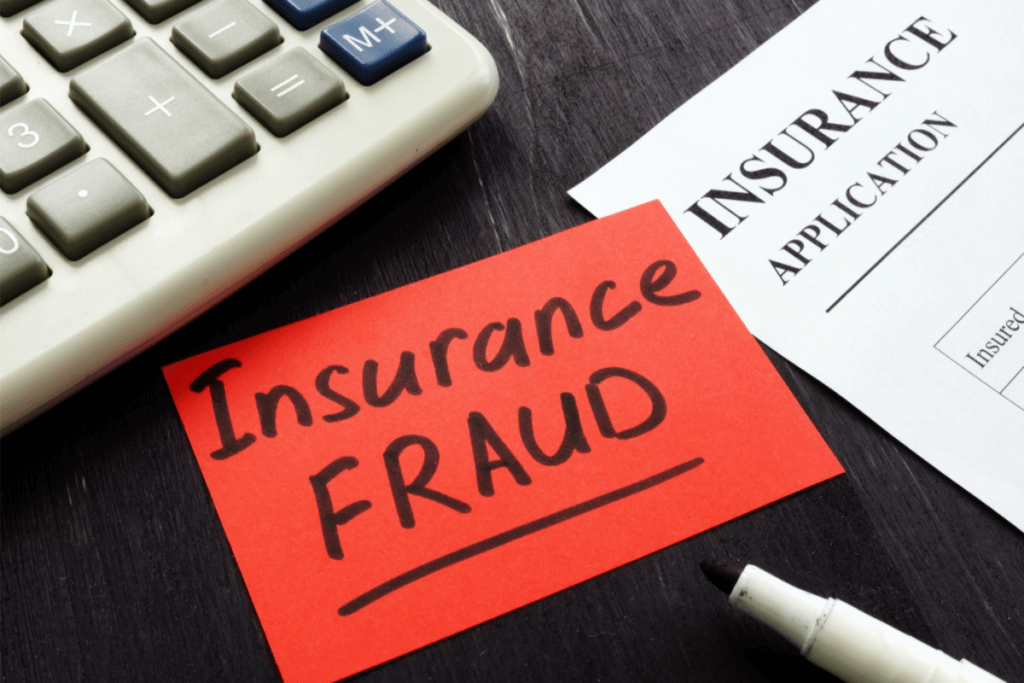
Insurance fraud is a hidden crime that impacts everyone, driving up premiums and straining an already complex system. It’s a billion-dollar problem worldwide, affecting individuals, businesses, and the overall economy. Whether it’s a staged car accident, inflated medical bills, or fake claims for property damage, these schemes not only harm insurance companies but also burden honest policyholders with higher costs.
Understanding how this fraud happens is the first step in protecting yourself and your finances. Knowclick Media breaks down the most common types of insurance fraud, the red flags to watch for, and the steps you can take to safeguard against these deceptive practices. By staying informed, you can avoid falling victim to fraudulent schemes and contribute to a fairer, more transparent insurance system.
What Is Insurance Fraud?
This type of fraud occurs when individuals or entities deceive an insurance company for financial gain. This can involve fabricating claims, misrepresenting facts, or manipulating the insurance process. It is a crime, with legal penalties ranging from fines to imprisonment.
Fraud is categorized into two main types: soft fraud and hard fraud.
Soft Fraud
Soft fraud, also known as opportunistic fraud, involves minor misrepresentations or exaggerations. While it may seem insignificant, soft fraud is illegal and contributes significantly to the rising cost of insurance premiums.
- Examples of Soft Fraud:
- Inflating the value of stolen or damaged items.
- Providing inaccurate details on insurance applications to reduce premiums.
Hard Fraud
Hard fraud is premeditated and involves deliberate acts to fabricate claims. These schemes are often more complex and carry harsher penalties.
- Examples of Hard Fraud:
- Staging car accidents to claim damages.
- Arson for profit: intentionally setting property on fire to collect insurance payouts.
Common Types of Insurance Fraud
1. Auto
The auto insurance sector is a major target for fraudsters due to its high claims volume.
- Staged Accidents: Fraudsters intentionally cause accidents and claim damages for injuries and repairs.
- Exaggerated Repair Costs: Mechanics inflate repair bills or charge for unnecessary repairs.
- False Theft Reports: Claiming a vehicle was stolen when it wasn’t.
2. Health
Health insurance fraud not only causes financial harm but also risks patient safety.
- Upcoding: Charging for more expensive procedures than were performed.
- Billing for Services Not Rendered: Providers bill for treatments that never occurred.
- Unnecessary Procedures: Performing and billing for nonessential medical procedures.
3. Homeowners
Fraud targeting property insurance often involves:
- Arson for Insurance: Property owners set fire to their buildings to collect payouts.
- False Burglary Claims: Reporting fake burglaries to claim compensation for nonexistent losses.
4. Life Insurance Fraud
Life insurance schemes can involve:
- Fake Death Claims: Faking one’s death to collect life insurance benefits.
- Beneficiary Fraud: Submitting forged documents to claim someone else’s benefits.
5. Workers’ Compensation Fraud
Both employees and employers commit fraud in this category.
- Employee Fraud: Workers exaggerate or fake injuries to collect benefits.
- Employer Fraud: Misclassifying employees or underreporting payroll to lower premiums.
6. Disability Insurance Fraud
Fraudulent disability claims involve individuals exaggerating their disabilities or continuing to work while collecting benefits.
Emerging Trends in Insurance Fraud
Ghost Broking
Ghost brokers sell fake or invalid insurance policies, often through social media. Victims discover the fraud only after attempting to make a claim.
Cash-for-Crash Schemes
Fraudsters intentionally cause accidents, sometimes involving innocent drivers, to claim damages. These scams often include false injury claims.
Premium Diversion
This occurs when brokers collect premiums from customers but fail to remit them to the insurance company.
Cyber Insurance Fraud
As cyber insurance becomes more common, fraudsters exploit vulnerabilities by staging data breaches or manipulating digital claims.
Impacts of Insurance Fraud
1. Financial Costs
Fraudulent claims cost the industry billions annually. These losses are passed on to consumers through higher premiums. The FBI estimates that non-health insurance fraud costs around $40 billion annually, adding an average of $400–$700 to each household’s premiums.
2. Legal Consequences
Fraudsters face severe penalties, including fines, imprisonment, and permanent criminal records.
3. Loss of Trust
Fraud erodes trust between consumers and insurance companies, making legitimate claims more difficult to process efficiently.
How to Identify and Avoid Insurance Fraud
1. Verify Providers
Ensure that you are dealing with licensed and reputable insurance agents. Verify credentials with regulatory bodies.
2. Be Skeptical of Deals
If a deal seems too good to be true, it probably is. Ghost brokers often lure victims with suspiciously low premiums.
3. Monitor Claims
Review claims carefully to ensure all charges are accurate and justified.
4. Use Technology
Many insurers offer apps to track claims and validate policy details, reducing the risk of manipulation.
What to Do If You Suspect Fraud
- Report to Authorities: Notify the insurance company and regulatory bodies immediately.
- Document Evidence: Keep records of suspicious interactions or documents.
- Cooperate Fully: Work with investigators to resolve the issue.
Preventing Insurance Fraud at an Industry Level
1. Enhanced Screening
Insurance companies use advanced analytics and AI to detect patterns of fraudulent activity.
2. Public Awareness Campaigns
Educating consumers about common scams helps reduce the likelihood of fraud.
3. Stronger Regulations
Governments can implement stricter laws and penalties to deter fraudsters.
FAQs
1. What is the most common type of insurance fraud?
Staged accidents and inflated claims are among the most common types.
2. Can I go to jail for insurance fraud?
Yes, this type of fraud is a criminal offense with penalties ranging from fines to imprisonment.
3. How does insurance fraud affect premiums?
Fraud increases operational costs for insurers, which leads to higher premiums for policyholders.
Read: Life Insurance Policy: How It Works, Benefits, and ROI
This type of fraud is a growing concern with significant financial and societal implications. By understanding common schemes and taking proactive measures, consumers can protect themselves and contribute to a more transparent insurance industry. Awareness and vigilance are key to minimizing the impact of fraud on individuals and businesses alike.





